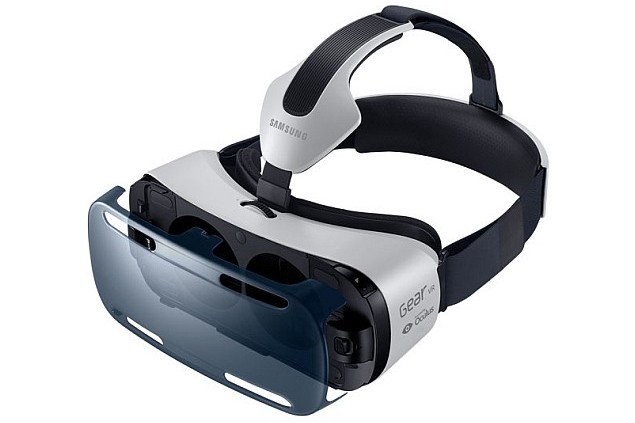The latest buzzword in the tech world is virtual reality (VR). If you haven’t experienced VR, you’re probably wondering how it works. The short answer is, using Oculus technology and wearing a VR headset, you’re thrust into another environment with little more than tapping a button.
THE EQUIPMENT
Using couple of specially 3D-printed camera rigs that hold 6 or 10 GoPro Hero4 cameras in a spherical shape. Each camera is mounted at a specific angle so the camera’s field of view will overlap portions of the surrounding cameras’ field of view. That overlap will eliminate any gaps in the footage and allow for flexibility at the seams. When all the GoPros are recording, they capture video at the same time, and it covers the entire 360° by 180° area.
There are various ways to hold the camera rig. It all depends on the needs of the shot. A tripod or monopod are the most common, but you can hang it, hold it, drone it, and more.
FIELD OF VISION
Shooting video in 360° is not like shooting regular video. It has its own set of rules and considerations. The first thing to remember is that 360° means EVERY THING is in the view of the camera and will be in the shot. This includes you, your crew, any lights, microphones, equipment, every crack on the ceiling, and dirty footprints on the floor. This type of shot limits and gives freedom to the director at the same time. You may have to be in the shot, so be creative, don’t make it obvious—blend into the scene—or hide behind/under/in objects on location. When scouting locations, take the entire space into consideration. Envision the action that will take place, how should that action interact with the camera? And make sure the available lighting is suitable or get creative with camera placement.
CAMERA LOCATION
Placement of the camera in the scene is key and important to storytelling. To capture the action of the scene, you need to consider what role the person wearing the VR headset will take. Are they participants or observers? Meaning, should the camera be placed at an odd position, like hung from the ceiling or low to the ground? Or mounted six feet from the floor to equal to an average person’s height? In either case, the camera should be placed in or around the center of the activity. That way the viewer can explore the scene as they wish, and will have something of interest in all directions.
CAMERA MOVEMENT
The last item to consider is camera movement. In order to achieve action, there needs to be an impetus of movement, like a drone, a car, a track, or a person. Bear in mind, whatever is controlling the motion will be in the video. For example, if you hang the camera from a drone or helicopter those vehicles will be visible in the final result. There are ways to remove or hide smaller objects in post-production, but that is a lengthy process. Because the video will become an immersive experience, motion of any kind needs to be calculated and intentional, otherwise it can cause nausea or it can disconnect the viewer from the experience.
Capturing video is only half the 360° battle. All that footage (per camera, per location) will have to be downloaded, synchronized, stitched together, and processed before it gets put into a VR headset. And that’s an entirely separate blog post!
360° video has endless possibilities. Just imagine the places and experiences you can go and have without leaving your desk chair!








